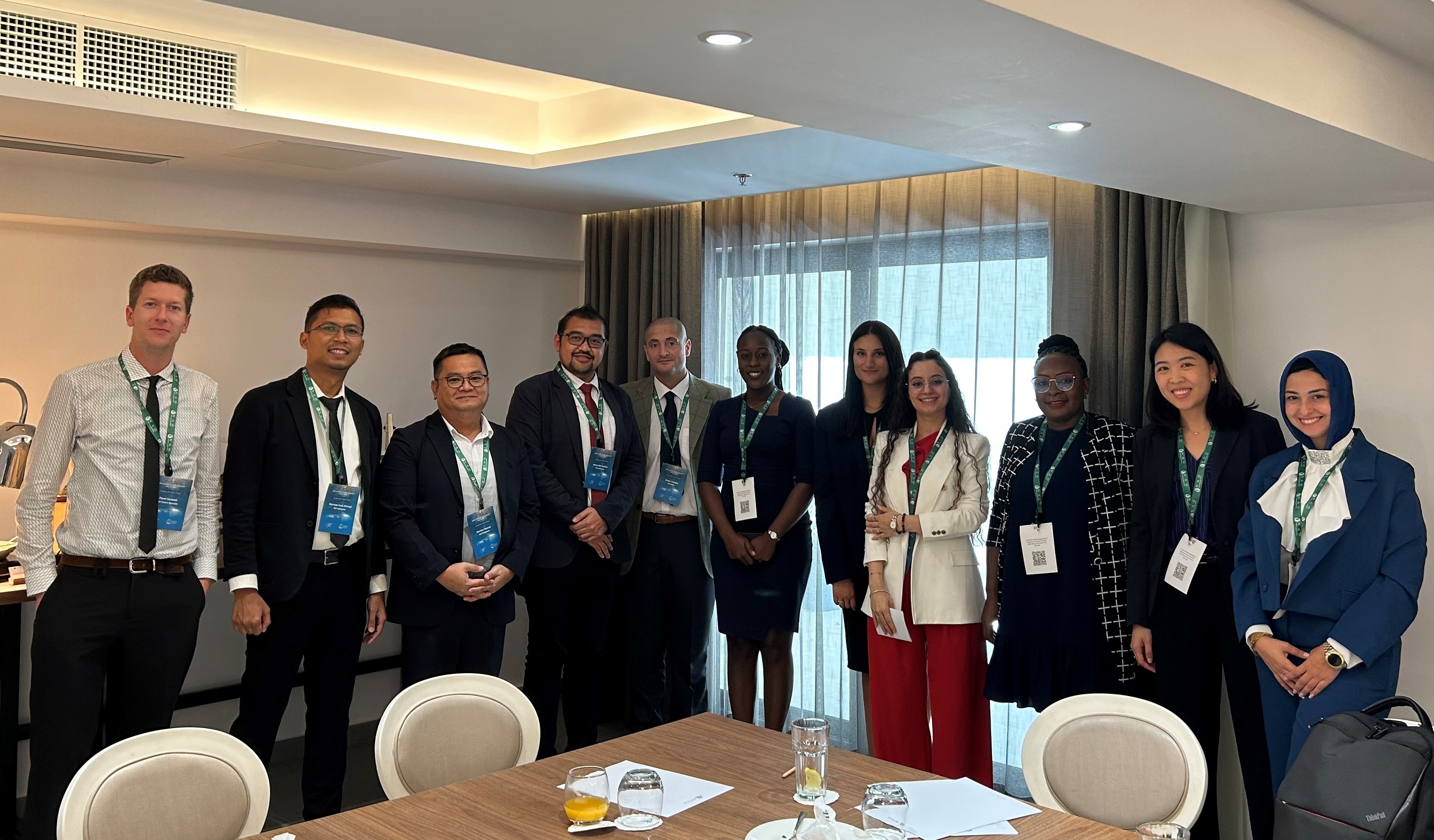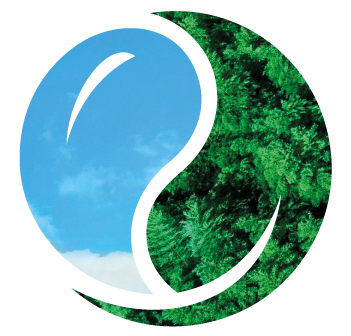Reflections from the gathering of young environmental auditors
05.08.2025
In conjunction with the 23rd Assembly of the INTOSAI WGEA last month, a group of young environmental auditors gathered for a lunch meeting. This gathering was aimed at fostering collaboration and knowledge-sharing among young professionals in the environmental audit field, while also creating a safe space for sharing thoughts. This initiative was inspired by the concept of the Young EUROSAI (YES) Conferences, which highlight the perspectives of auditors under the age of 35. For the INTOSAI WGEA, this initiative was first proposed during the 20th WGEA Steering Committee meeting, where hosting such a gathering was first suggested. This was the first time that the INTOSAI WGEA hosted a gathering of young environmental auditors, marking this as a possible start of a new concept for the WGEA!
During the lunch meeting of the group in Malta, their discussion covered a wide range of topics, including emerging environmental issues that resonate with their work, areas where they feel additional support and guidance are needed, and ways to share knowledge and adopt best practices more effectively.
When it came to audit topics, the group highlighted several pressing environmental concerns that are increasingly relevant to public sector auditing, such as:
• agriculture and land degradation
• marine protection and water scarcity
• air quality, noise pollution and their impacts on health
• water management and climate change adaptation
• the persistent concern of biodiversity loss
Areas in which guidance would be needed
The young auditors identified several areas where additional support and guidance would be particularly valuable. First, they emphasized the importance of having a solid understanding of relevant environmental laws and regulations, which form the foundation for effective auditing. They also highlighted the need for better access to standards, methodologies, and audit frameworks to ensure consistency and quality in their work. The group showed interest in getting to know the ways modern tools and techniques – such as artificial intelligence – can be utilized in environmental auditing, while also recognizing the need to understand the risks and limitations associated with these technologies
A recurring challenge mentioned was dealing with incomplete or missing data. The group expressed a need for better understanding of strategies to secure reliable sources of data. Additionally, they pointed out difficulties in interpreting technical terminology and compiling audit reports in a clear and accessible manner.
Visibility and knowledge-sharing
The group also shared important insights on exposure and knowledge sharing within the environmental auditing community. While they recognized the INTOSAI WGEA as a valuable source of information, they noted that young auditors or auditors new to the field of environmental or climate audit might not be aware of the available guidance or know where to find it. To address this, participants suggested that existing resources should be made more visible and accessible ideally through a centralized platform or database, such as the WGEA Studies & Guidelines page.
Additionally, the group emphasized the importance of interactive spaces for peer learning and knowledge exchange. It was proposed that the INTOSAI WGEA continues to host regular meetings for young or new environmental auditors to support learning opportunities and capacity building. Gatherings of young auditors could potentially be organized at regional levels more extensively or even within individual SAIs.
The key message from the group was clear
Young auditors are eager to be involved, and are motivated to engage internationally and learn from others. They wish to be involved in various peer learning and networking opportunities, as these are effective ways to learn about best practices in the field of environmental auditing. To engage, young auditors need support from within their SAIs. Amplifying their voices and providing a platform for their perspectives to be heard is not just important, but essential for shaping the future of environmental auditing.

 Young environmental auditors at the lunch meeting in Malta
Young environmental auditors at the lunch meeting in Malta

